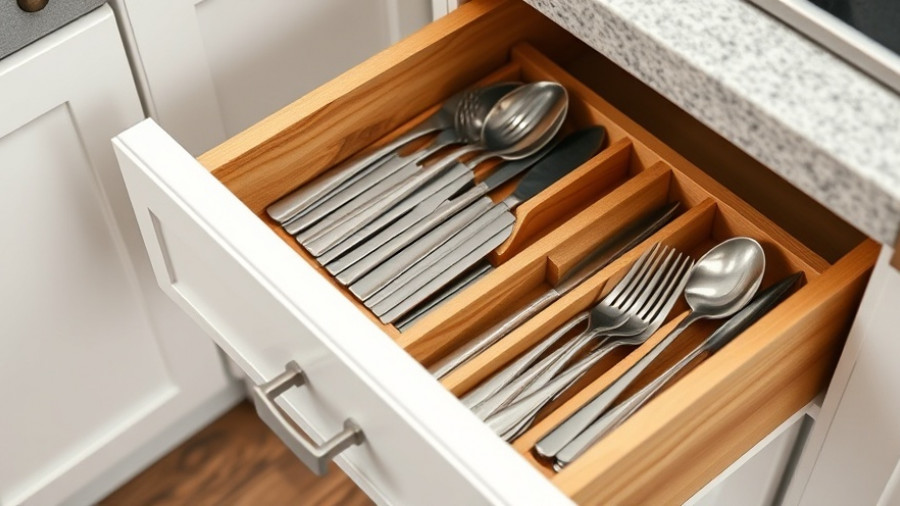
Revitalize Your Space: Transforming Closets and Garages
In the recent episode of "Ask This Old House," a diverse array of home improvement projects highlighted the primary importance of functionality and aesthetics in creating comfortable living spaces. From reorganizing a nursery closet to revitalizing a graffiti-filled garage, this episode sheds light on practical DIY solutions that can enhance your home. Whether you're an experienced DIYer or a novice, these projects showcase not only how to maximize space but also how to seize control of your home environment.
In ASK This Old House | Garage Graffiti, Nursery Closet (S22 E11), the episode discusses essential home improvement techniques, which has inspired us to explore these topics further.
Finding Functionality: The Nursery Closet Makeover
With a growing family comes the need for smart organization. Nathan’s work to redesign a nursery closet for Michelle and her two kids reveals the power of a well-thought-out space. By eliminating unnecessary obstacles and creating a layout that allows for adjustable shelving, families can adapt their storage as children grow. Nathan's suggestion to build deeper shelves adds another layer of practicality, ensuring long-term use and easy access to baby essentials.
This approach to redesigning a closet is more than just a fresh coat of paint or an efficient layout; it’s about creating systems that grow with your family. The emphasis on customization directly addresses the needs of families, showing that a well-organized space can ease the chaos of home life and make everyday tasks more manageable.
Understanding Indoor Air Quality with Radon Testing
Meanwhile, Kevin and Ross tackled the critical issue of indoor air quality, with radon testing taking center stage. As the leading cause of lung cancer in nonsmokers, understanding radon and its implications is essential for homeowners. The conversation revealed that radon is not just a basement concern but fluctuates with various environmental factors like weather conditions and household activities.
Homeowners are encouraged to conduct regular radon tests to ensure their living environment is safe. The segment emphasized the importance of long-term testing over quick, short-term assessments, recommending that homeowners implement mitigation systems to actively manage any detected radon levels. This aspect of the episode serves as a timely reminder of the importance of health-related home maintenance.
From Graffiti to Glam: Revamping the Garage
Then, Mauro’s project in Wendy's garage showcases an innovative blending of creativity and maintenance. With a backdrop of childhood art expressed in vibrant graffiti, the transformation into a neat and inviting space not only honors the past but allows for a stylish adult environment. Mauro's careful selection of primer and paint type emphasizes the importance of preparation and material choice in any painting project.
By demonstrating practical application of techniques like testing paint for bleed-through and choosing suitable primers, the segment provides viewers with harmonious knowledge to tackle their own painting projects. Mauro’s approach captures the essence of DIY—balancing personal expression with the need for functional and beautiful spaces.
Conclusion: Your Home's Potential Awaits
From smart closet designs to maintaining air quality and enhancing beauty in unlikely spaces, the latest episode of "Ask This Old House" highlights achievable ways homeowners can elevate their living environments. If you're inspired to take on similar projects in your home, remember that every small change can lead to a significant impact. Dive into your next home improvement adventure, embrace creativity, and enjoy the satisfaction of a job well done!
If you've been thinking about reimagining a space in your home, now is the time to start planning! Assess what areas need organization or a fresh look, and take the initiative to transform them. Creating functional, beautiful spaces is not just something you watch; it's something you can do.
 Add Row
Add Row  Add
Add 




Write A Comment